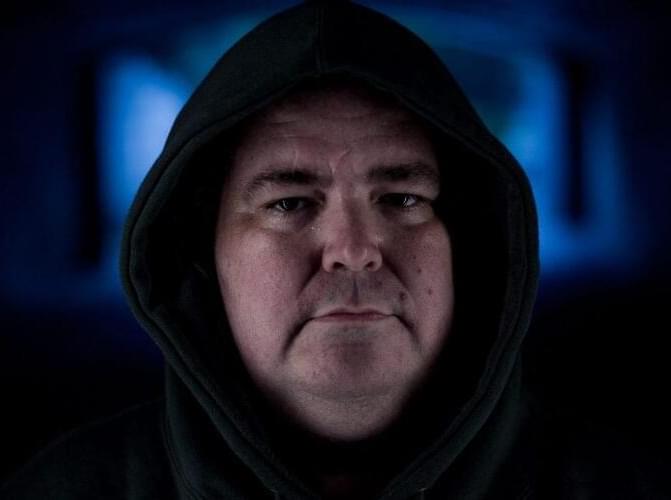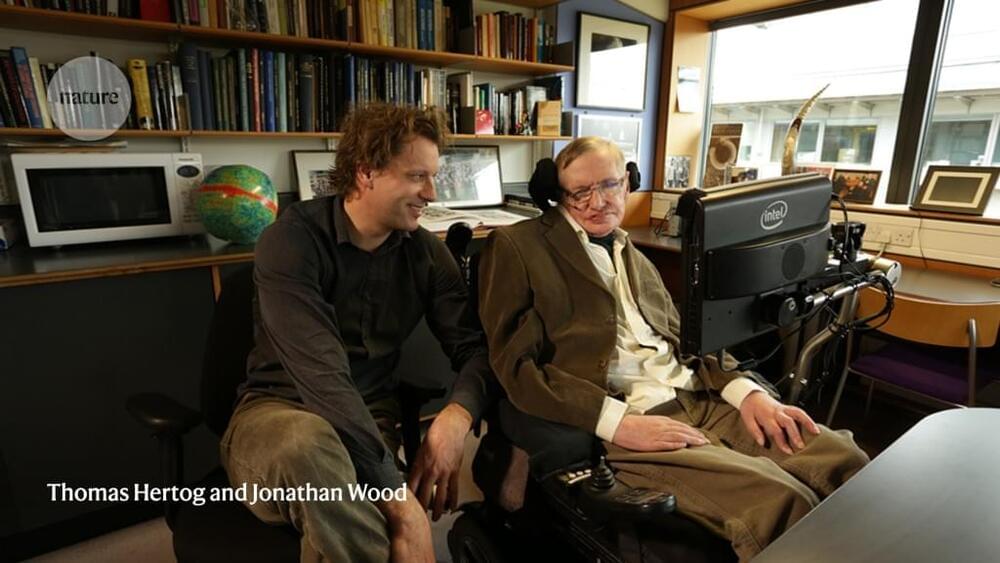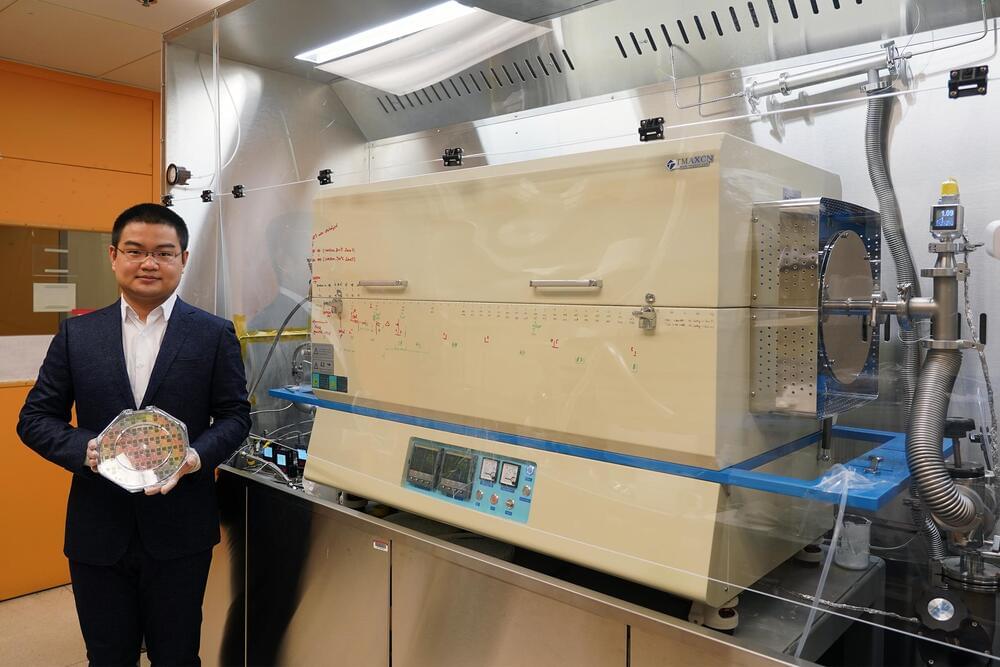In this episode, I discuss how our brain and body track time and the role that neurochemicals, in particular dopamine and serotonin, but also hormones such as melatonin, allow us to orient ourselves in time. I review the three types of time perception: of the past, of the present, and the future, and how dopamine and serotonin adjust both our perception of the speed of the passage of time and our memory of how long previous experiences lasted. I also discuss circannual entrainment, which is the process by which our brain and body are matched to the seasons, and circadian (24 hours) entrainment, both of which subconsciously adjust our perceived measurement of time. I explain the mechanisms of that subconscious control. And I cover the ultradian (90 minutes) rhythms that govern our ability to focus, including how to track when these 90-minute rhythms begin and end for the sake of work and productivity. I include ten tools based on the science of time perception that you can apply to enhance productivity, creativity, and relationships in various contexts.
Thank you to our sponsors:
ROKA — https://www.roka.com — code “huberman“
Athletic Greens — https://www.athleticgreens.com/huberman.
InsideTracker — https://www.insidetracker.com/huberman.
Our Patreon page:
https://www.patreon.com/andrewhuberman.
Supplements from Thorne:
http://www.thorne.com/u/huberman.
Social:
Instagram — https://www.instagram.com/hubermanlab.
Twitter — https://twitter.com/hubermanlab.
Facebook — https://www.facebook.com/hubermanlab.
Website — https://hubermanlab.com.
Newsletter — https://hubermanlab.com/neural-network.
Timestamps:





